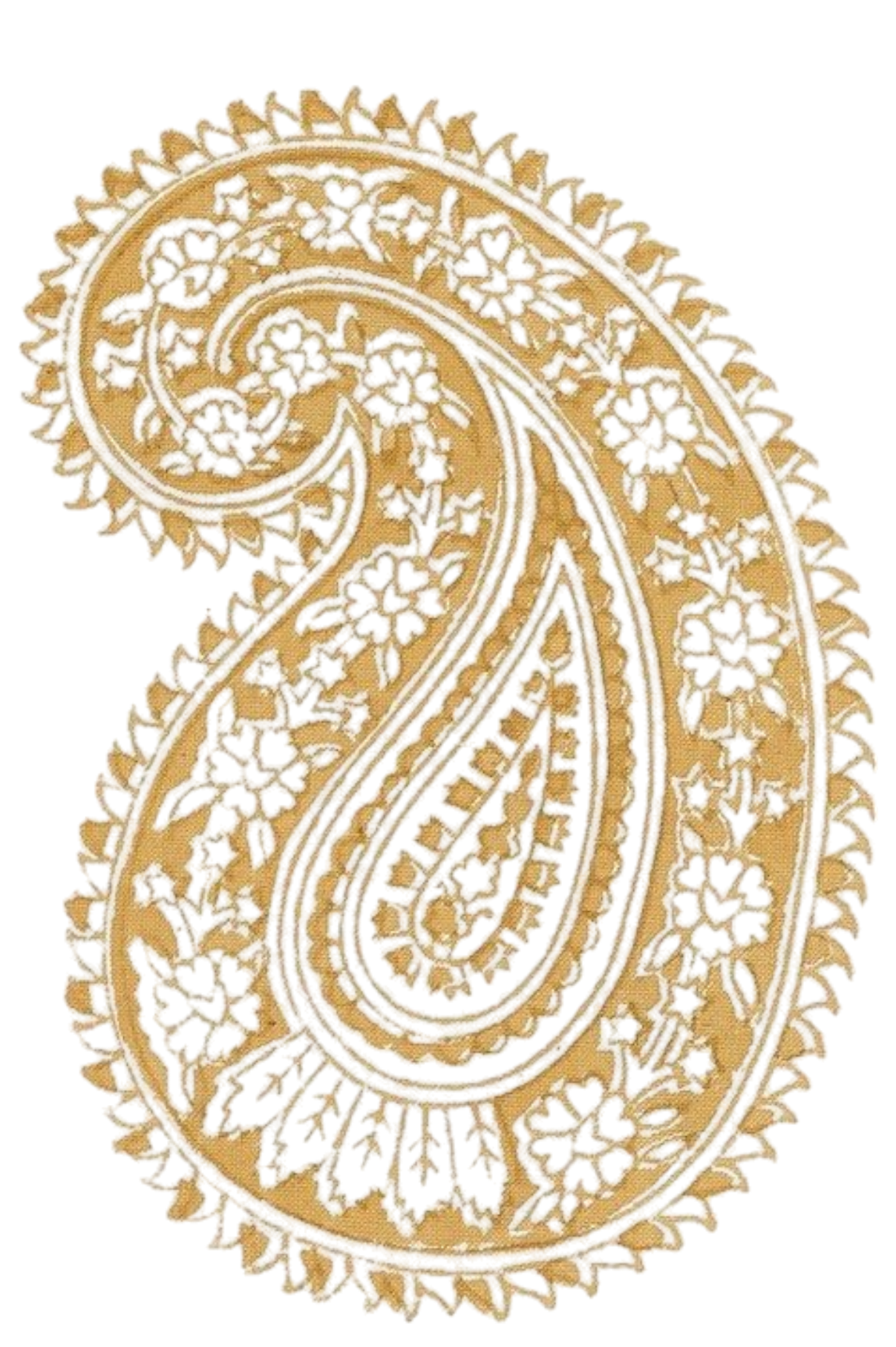
A history of Indian textiles and Jaipur's Hand block Printing Techniques
Share
The Rich Tapestry of Indian Textile History
India’s textile heritage is as ancient as its civilization, embodying a blend of artistry, culture, and craftsmanship. Over centuries, Indian textiles have transcended mere fabric to become symbols of identity, tradition, and innovation. This blog explores the fascinating journey of Indian textiles, with a special focus on the intricate hand block printing techniques of Jaipur, which continue to mesmerize the world.
Origins of Indian Textiles
The roots of Indian textile production can be traced back to the Indus Valley Civilization (circa 2500 BCE). Excavations have revealed evidence of woven cotton and dyed fabrics, showcasing advanced spinning and weaving techniques. The Rigveda (circa 1500 BCE) also mentions weaving, highlighting its cultural importance in ancient India.
With advancements in dyeing and weaving, India became a hub for textile production during the Mauryan and Gupta periods (4th century BCE to 6th century CE). Exquisite muslin from Bengal, silk from Varanasi, and woolen shawls from Kashmir gained international acclaim. The spice and textile trade routes established India as a global textile exporter.
The Mughal Influence
The Mughal era (16th to 18th centuries) marked a golden age for Indian textiles. The emperors’ patronage fostered the creation of luxurious fabrics like brocades, velvets, and chanderis. Artisans perfected techniques like zari (gold and silver embroidery) and introduced Persian motifs to Indian designs.
During this time, the art of block printing flourished, especially in Rajasthan. Mughal emperors appreciated the fine detailing and vibrant hues, encouraging its practice in princely states like Jaipur, which emerged as a key center.
British Colonial Era and the Decline
The arrival of the British East India Company in the 17th century disrupted India’s textile dominance. British industrialization and the flooding of machine-made textiles into Indian markets caused a decline in indigenous crafts. However, traditional techniques like hand block printing survived, preserved by communities dedicated to their art.
Revival in Post-Independence India
Post-independence India saw a resurgence of interest in traditional crafts. Government initiatives, NGOs, and individual designers began reviving ancient textile arts. Jaipur’s hand block printing became a symbol of heritage craftsmanship, admired globally for its intricate patterns and eco-friendly methods.
Hand Block Printing: A Jaipur Legacy
Hand block printing is an age-old technique that combines artistry with functionality. Jaipur, with its vibrant culture and access to natural resources, has become synonymous with this craft.
The Process of Hand Block Printing
Design Creation:- Skilled artisans carve intricate patterns onto wooden blocks, often made from teak or seasoned wood.
- Designs range from traditional motifs like paisleys and florals to contemporary abstract patterns.
- Natural fabrics like cotton, silk, and linen are washed and treated to remove impurities.
- The fabric is stretched over a flat surface, ensuring a smooth canvas for printing.
- Artisans use natural and vegetable dyes, derived from plants, minerals, and flowers.
- Traditional colors include indigo, madder red, and turmeric yellow.
- The wooden block is dipped into the dye and pressed firmly onto the fabric.
- Artisans align the blocks meticulously, ensuring seamless designs.
- Multiple blocks may be used for multicolored patterns.
- The printed fabric is sun-dried, allowing the colors to set naturally.
- Then it is washed to remove excess dye, resulting in a soft and vibrant finish.
- Fabrics undergo steaming or curing to enhance durability.
- Additional embellishments, like embroidery, may be added for bespoke designs.
Unique Characteristics of Jaipur’s Hand Block Printing
Traditional Motifs:- Jaipur’s prints often feature motifs inspired by nature, such as peacocks, elephants, and floral patterns.
- Geometric designs and Mughal-inspired elements also hold prominence.
- The use of natural dyes and minimal water waste makes hand block printing a sustainable art form.
- Many workshops in Jaipur prioritize ethical practices, supporting artisan livelihoods.
- Sanganer is renowned for its fine lines and floral patterns in pastel shades.
- Bagru specializes in earthy tones and bold, symmetrical designs.
Challenges Faced by the Craft
Despite its timeless appeal, hand block printing faces numerous challenges:
- Competition from Machine-Made Textiles: Mechanized printing offers speed and cost efficiency, making it harder for handmade crafts to compete.
- Declining Artisan Workforce: Younger generations often opt for urban jobs over traditional crafts.
- Market Fluctuations: Global demand for sustainable fashion is inconsistent, affecting the livelihoods of artisans.
The Road Ahead: Sustaining the Heritage
The future of Jaipur’s hand block printing lies in innovation and preservation:
Design Evolution:
- Collaborations between artisans and contemporary designers can create modern adaptations of traditional patterns.
- Online platforms offer a global audience for hand block-printed textiles.
- Social media marketing raises awareness about the craft’s uniqueness.
- Subsidies and training programs can encourage young artisans to carry forward their legacy.
- Promoting the benefits of slow fashion and sustainable practices can boost demand for hand block-printed products.



